Black and LGBT history: Forever intertwined
Black LGBT individuals struggled to be accepted in both social movements. Their identity as both a Black and LGBT person made them targets for criticism, abuse and discrimination.
In history class, students usually learn about the civil rights movements of women, Indigenous people, the Black community and the LGBT community. However, students aren’t always taught that the histories of these social movements are not their own individual threads, but rather intertwined.
The Stonewall Riots, which began the night of June 28, 1969, are widely known as a milestone for the gay rights movement. What is less recognized, though, is that many leaders at Stonewall were also part of the Black community. However, these leaders still struggle to get recognition. Glaad is an LGBT advocacy organization whose name originated from the term ‘Gay and Lesbian Alliance Against Defamation.’ According to their studies, during the gay liberation riots of the 1960s, Black transgender people were largely ostracized, even within the gay community itself. Both groups that they identified with were marginalized, yet they struggled to be accepted in either. Their identity as both a Black and LGBT person made them targets for criticism, abuse and discrimination. However, their work is some of the most vital to the gay rights movement. Here are some important Black LGBT leaders to know by name:
Marsha P. Johnson
A well-known figure from the Stonewall Riots, Johnson was a vocal advocate for the gay community. However, her legacy goes much further than that. As a transgender woman, she broke many barriers in the 1970s, tossing the need for binary gender aside. She created the foundation Street Transvestite Action Revolutionaries (STAR) with her friend Sylvia Riviera, who was also a prominent activist at the time. Johnson was a prostitute, a model for Andy Warhol and she rode in the lead car at New York’s 1980 Pride parade. She died in 1992.
Barbara Jordan
Jordan is known for many firsts of the 20th century. Born in Texas and receiving her law degree at Boston University, Jordan ran for Texas State Senate in 1966 and became the first Black woman elected to that office. After becoming president of the Texas Senate, she became the first Black Congresswoman from the south. She gave the opening remarks at President Richard Nixon’s impeachment hearings as a member of the Judiciary Committee and worked for many presidential campaigns, including John F. Kennedy’s, Jimmy Carter’s and Bill Clinton’s. According to HuffPost, while Jordan never officially came out, she was in a 20-year committed relationship with a woman. She died in 1996.

Angela Davis
Davis is a prominent name from the civil rights movement, but few people are aware that she is a lesbian. She was heavily involved in the Black Panther Party, which prompted criticism and her eventual dismissal from a faculty position at the University of California. Her 1971 trial in California shook the country, where it was clear that she had been unjustly arrested for an armed courtroom takeover in 1970. President Nixon described her as a “dangerous terrorist,” but she was acquitted of all alleged crimes in 1972. Davis holds a number of accomplishments, including her creation of organizations and many lectures and books.
Bayard Rustin
Known as “Mr. March On Washington,” Rustin was a close adviser to Dr. Martin Luther King Jr., and organized many protests throughout the 1940s, 1950s and 1960s. His grandmother’s connection to the National Association for the Advancement of Colored People (NAACP) heavily influenced his involvement in the civil rights movement from a young age. Rustin was knowledgeable about practicing nonviolence and provided Dr. King with many tactics and strategies. In 1953, he was arrested for homosexual activity, which led people to criticize his association with Dr. King. However, Rustin continued to advise and serve on many councils and boards in the name of civil rights. He died in 1987.
These four individuals are a crucial part of Black LGBT+ history that are not discussed as much as their counterparts that only align with one identity. It is our job to continue to shed light on their work, and to acknowledge them as much as the more commonly known leaders who stood beside them.
Your donation will support the student journalists of Kirkwood High School. Your contribution will allow us to purchase equipment and cover our annual website hosting costs.
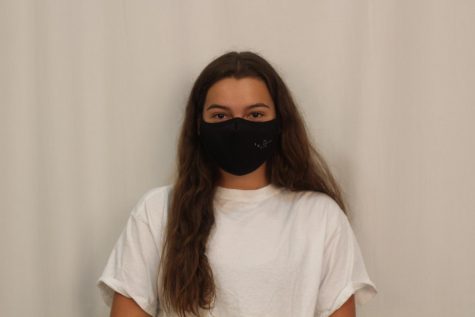
she/her
Favorite musical artist: Post Malone, One Direction
Favorite quote: "Clerk Cares." - Lilly Anderson and Olivia Silvey
Favorite Pantone...
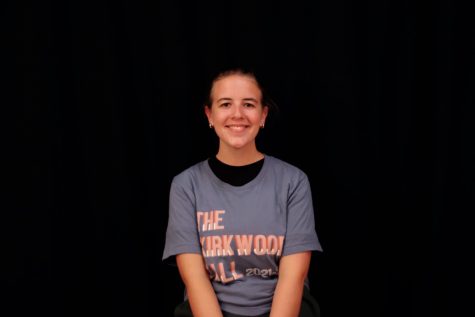
she/her
Hobbies and Interests: art, philosophy, reading, D&D, public speaking, video games
Favorite Song: The Bug Collector by Haley Heynderick
Favorite...


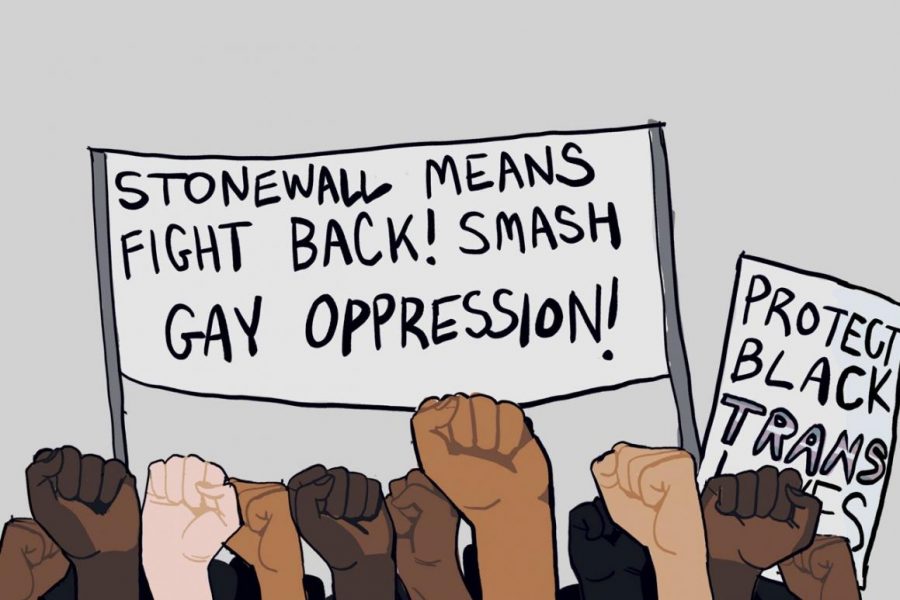
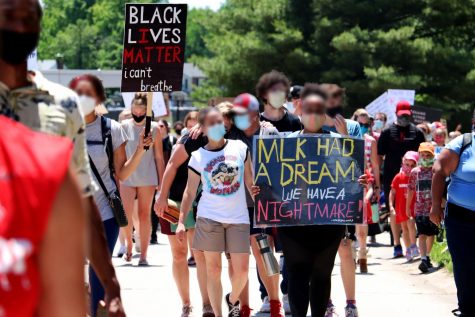
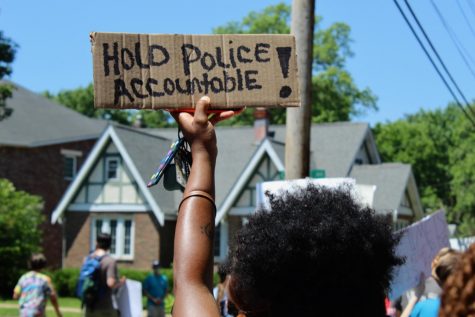
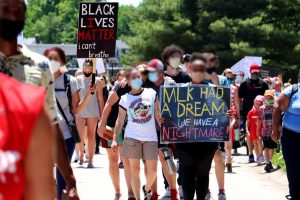
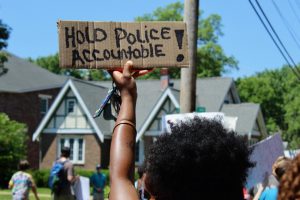
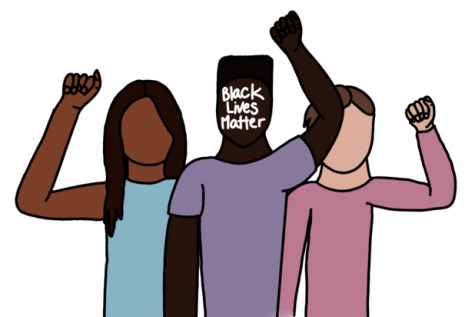
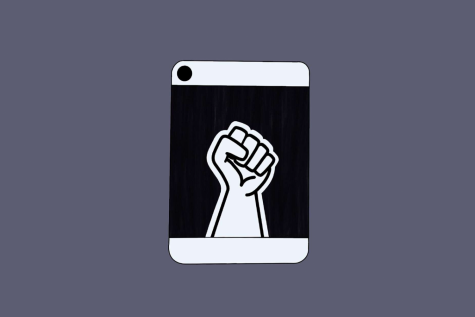
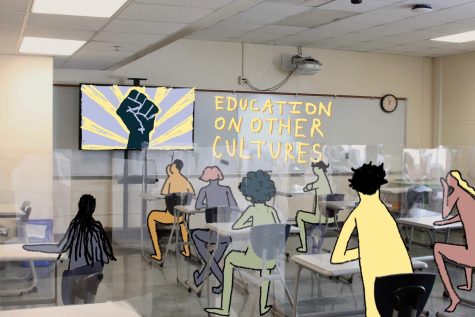
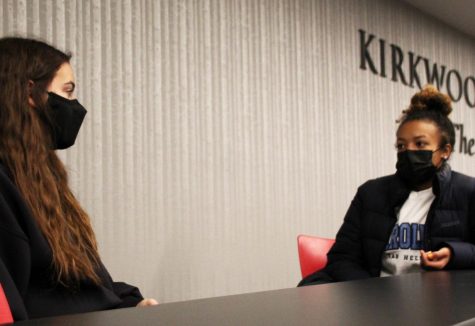
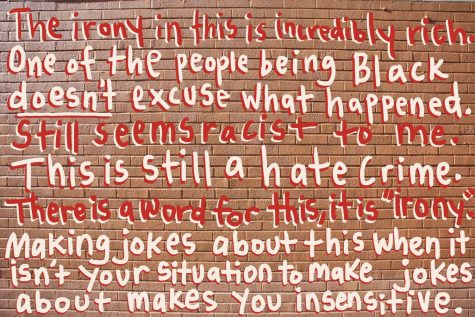


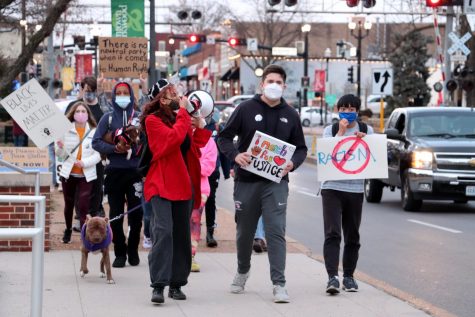
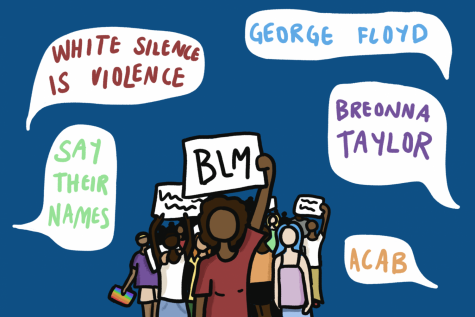

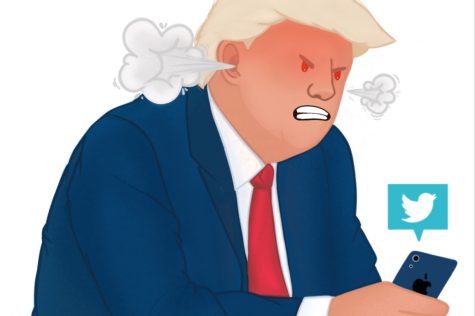

Josh Peterson • Sep 8, 2020 at 7:13 pm
I take issue with your decision to spotlight Mrs. Angela Davis.
Aside from the issue of her arrest, the details of which are indefinite and inconclusive, Mrs. Davis is an avowed communist who has held long-term membership with the Communist Party USA. In 1980, Mrs. Davis served as the party’s vice-presidential candidate. Mrs. Davis supports the BDS movement against Israel, a cause considered by most esteemed politicians and thinkers on both sides of the aisle to be rooted in knee-high antisemitism.
After her arrest and letting-go, Davis became a folk celebrity in much of communist world, so much that she won the Lenin Prize. In 1972, Mrs. Davis visited decrepit East Germany and shook hands with its tyrant, Mr. Erich Honecker. Honecker had personally ordered the shooting on sight of anyone caught attempting to flee communist East Germany to capitalist West Germany. Over 262 Germans were killed in this way, a small sum of the millions who were murdered in the name of Mrs. Davis’s ideology of hate.
In 1968, as the government of communist Czechoslovakia was brutishly oppressing its people, Czech journalist Jiri Pelikan, who had been imprisoned by the communist state, wrote to Davis seeking her support. Mr. Pelikan sympathized with Mrs. Davis, whom he likewise considered to be a political prisoner. Instead of showing any compassion, Mrs. Davis wrote that she “did not think people should leave socialist countries to return to the capitalist system.” She continued to say that people in Eastern Europe were only jailed (and tortured and murdered) “if they were undermining the government.”
Mrs. Davis is not a freedom fighter. She is a lout and a con bent on advancing an ideology that has resulted in the mass slaughter of over one hundred million people. It is easy for you students of Kirkwood High School, residents of a free and prosperous capitalist society, to extol the “virtues” of people like Mrs. Davis. That’s your freedom and your right at the end of the day.
Know that Mrs. Davis’s victims did not have that same freedom. They were rounded up, taken to prisons, tortured, and executed because they dared stand up against socialism. That’s what a freedom fighter looks like.